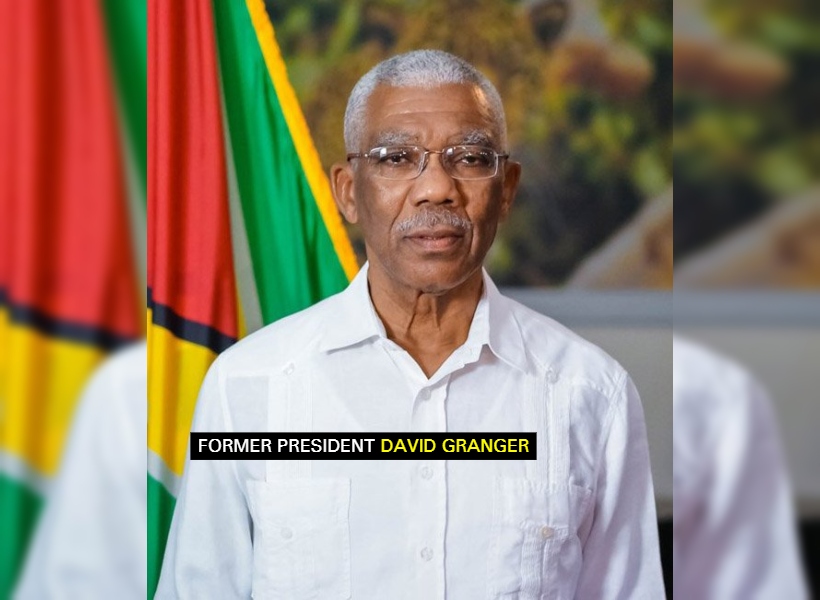Dear Editor,
I have noted an article in today’s edition of Kaieteur News (May 25th, 2023), citing Tom Sanzillo who argued that he finds it troubling that ExxonMobil (XOM) is pushing Guyana to accept a meager US$2 billion parent company guarantee when the company itself is worth US$429 billion.
Be that as it may, the aforementioned contention is arguably a distorted perspective―as the parent company guarantee is not relative to the enterprise value or market value of the company. Rather, it is relative to the size of operations together with a risk assessment of same. In other words, the size of operations must be considered in determining the extent of the environmental risk.
Any potential liability is the primary responsibility of XOM/EEPGL and its co-venture partners. As of FY 2022, the estimated total assets of the Guyana operations (EEPGL, HESS and CNOOC) is US$14 billion. As such, the parent company guarantee together with the insurance coverage represents 18.6% (almost 19%) of combined total assets of EEPGL and its co-ventures. The current coverage is based on the operation of only two FPSOs (Liza one and Liza two).
Further, the insurance coverage and the parent company guarantee sum is subject to revision over time. That is to say, as production increases, the number of FPSOs will increase, which means that the potential liabilities will also increase proportionately.
With that in mind, since we expect to have ten FPSOs operating by 2030, this means that we can expect an upward revision of the parent company guarantee as well as the insurance coverage, relative to this level of increased production. Isn’t this common sense especially for someone who claims to be an international financial analyst?
More importantly to note is that the requirement for additional financial assurance is a secondary requirement contingent upon if the total assets of the local subsidiaries are insufficient to cover any potential liability. To this end, pursuant to the Environmental Protection Act Section 31 (1) states that “the Agency may include in any environmental authorization a requirement that the person to whom that environmental authorization is issued shall provide financial assurance to the State for any one or more of the following…”
a) the performance of any action or compliance with the condition specified in any environmental authorization;
b) the provision of alternate water supplies to replace those that the Agency has reasonable grounds to believe are or are likely to be contaminated or otherwise inferred with by the works to which the environmental authorization relates; and
c) measures appropriate to prevent adverse effects upon and following the cessation of closing of the works.
Section (2) of the Environmental Act states that… “A requirement under subsection (1) shall specify the amount of the financial assurance and may provide that the financial assurance may be provided, reduced, or released in stages specified in the environmental authorization”.
It should be noted as well that the total assets and projected future cash flow will grow substantially by billions of U.S dollars, thereby amounting to adequate financial coverage (both in the form of liquid and illiquid assets) to cover any potential environmental contingent liability.
Yours sincerely,
Joel Bhagwandin
Public Policy and Financial Analyst











